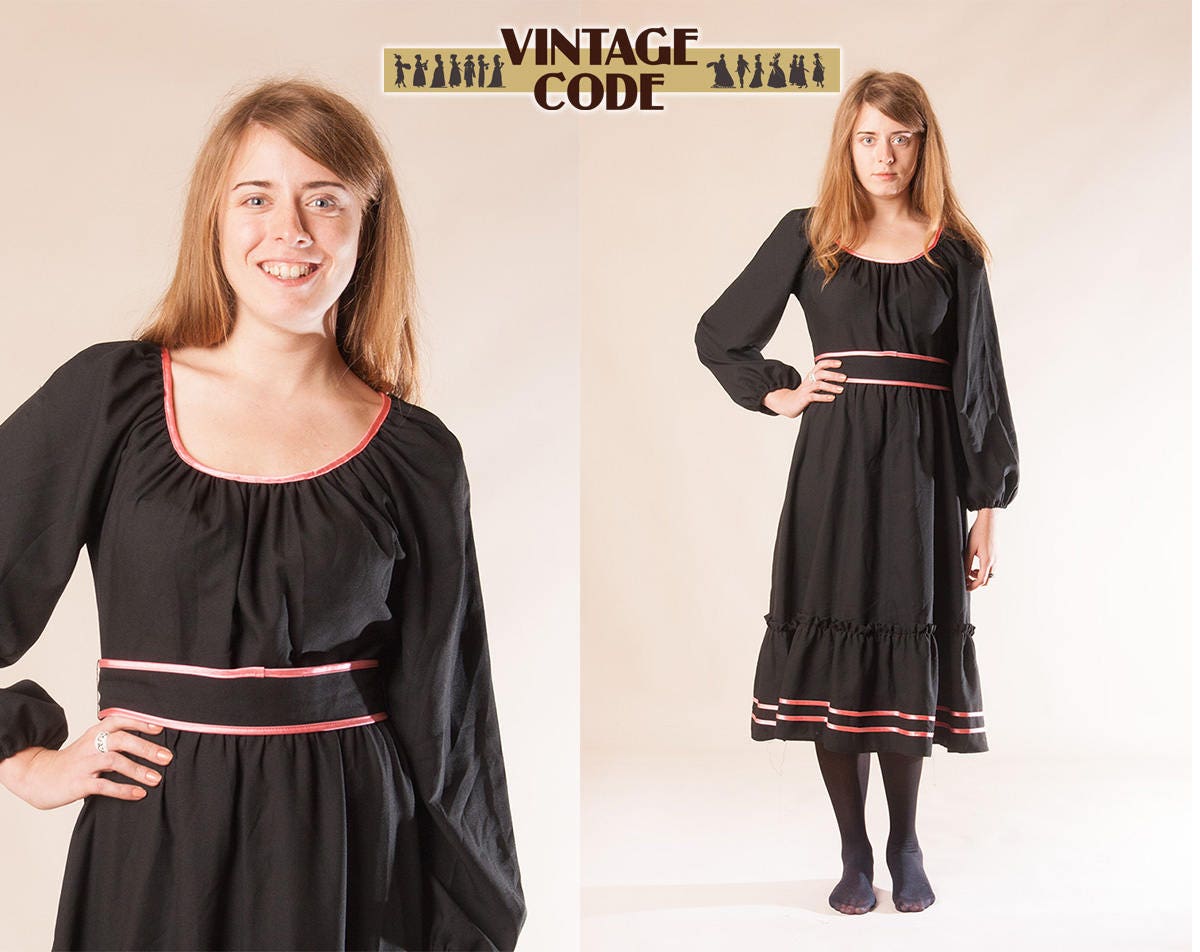Table of Content

The University of St Andrews pioneered the admission of women to Scottish universities. From 1892 Scottish universities could admit and graduate women and the numbers of women at Scottish universities steadily increased until the early 20th century. The Scottish Reform Act 1832 increased the number of Scottish MPs and widened the franchise to include more of the middle classes.
Collection of latin woman dancer silhouettes with flounce sleeves dress in different poses. Over time, the fez came to be seen as part of an Oriental cultural identity. Seen as exotic and romantic in the west, it enjoyed a vogue as part of men's luxury smoking outfit in the United States and the United Kingdom around the turn of the 20th century.
Ball-Gown/Princess Floor-length Flower Girl Dress - Tulle Sleeveless ...
Ballroom dance salsa dancer instructors man and woman couple... Stock photo of a woman buying a dress online with the phone and... Ad Disclosure Recommendations and rewards curated just for you by ShopStyle.

Men wear baggy hose, short doublets , and soft, round hats, 1568. The bodices of French, Spanish, and English styles were stiffened into a cone or flattened, triangular shape ending in a V at the front of the woman's waist. Italian fashion uniquely featured a broad U-shape rather than a V. Spanish women also wore boned, heavy corsets known as "Spanish bodies" that compressed the torso into a smaller but equally geometric cone.
Timeline Entries
Mortality, reduced childbirths and increased emigration reduced the population of parts of the country about 10–15%. In 1698, the Company of Scotland attempted a project to secure a trading colony on the Isthmus of Panama. Almost every Scottish landowner who had money to spare is said to have invested in the Darien scheme. The Scots Parliament rejected proposals for a political union in 1689.
German painting of the Last Supper in contemporary dress shows a table servant wearing pluderhosen with full, drooping linings, 1565. Unknown man of 1588 wears a lace or cutwork-edged collar rather than a ruff, with matching sleeve cuffs. He wears a tall grey hat with a feather which is called capotain. John Smythe wears a pinked white doublet with worked buttons and a plain linen ruff, 1579.
Life and career
From the mid-century, there were increasing calls for Home Rule for Scotland and the post of Secretary of State for Scotland was revived. Towards the end of the century Prime Ministers of Scottish descent included William Gladstone, and the Earl of Rosebery. Roman military government was withdrawn from the island altogether by the early 5th century, resulting in the Anglo-Saxon settlement of Britain and the immigration of the Saxons to southern Scotland and the rest of eastern Great Britain. By the 11th century at the latest, Scotia was being used to refer to (Gaelic-speaking) Scotland north of the River Forth, alongside Albania or Albany, both derived from the Gaelic Alba. The use of the words Scots and Scotland to encompass all of what is now Scotland became common in the Late Middle Ages. The Kingdom of Scotland emerged as an independent sovereign state in the 9th century and continued to exist until 1707.

In reaction, the various militaries, beginning with the British Army, changed the colours, predominantly to such ones that blended in more with the terrain, such as khaki, grey or olive drab for the purposes of camouflage. In addition, this idea was followed with uniforms suitable for particular climates and seasons such as white for snowy regions and tan for sandy ones. Now most armies have some form of camouflaged uniform, such as the British Disruptive Pattern Material. Attractive or distinctive uniforms could make a military career desirable to young men (the "peacock" factor). As late as 1914 the British Army found that regiments with particularly striking off-duty or parade uniforms found it easier to attract recruits. Thus the four Rifle regiments in their sombre dark green had a higher public profile than the great mass of line infantry in scarlet.
She also traveled around America with regional productions of the musicals Jesus Christ Superstar and Oklahoma! During this period, Lopez also danced in music videos including Doug E. Fresh's "Summertime", Richard Rogers' "Can't Stop Loving You", EPMD's "Rampage" and Samantha Fox's "(Hurt Me! Hurt Me!) But the Pants Stay On". These modern "digital" print uniforms present a somewhat splotched appearance, generally of somewhat muted colours, that provide visual concealment in a variety of surroundings. The US Army now issues, for all theatres of operations, the Army Combat Uniform, which replaces the Battle Dress Uniform and the Desert Combat Uniform. The colour scheme on these ACUs is a faded green/grey/tan pattern of random-appearing rectangular shapes.
On the 2001 album Vespertine, Björk continued with her idiosyncratic general meshing of organic and synthetic textures, once again via the combination of electronic sounds and string arrangements. However, Vespertine differed from Homogenic in its greater interest in intimacy and sexuality , with sharper melodies, minimalistic production and explicit lyrics inspired by poetry of E.E. Unlike previous albums like Debut and Post, electronic sounds has gained more prevalence, while the acoustic sounds are used as interjections. The 1995 album Post, known for its eclecticism, is considered to be the "quintessential Björk" release, due to its protean form – more than any of her albums – and its "wide emotional palette".